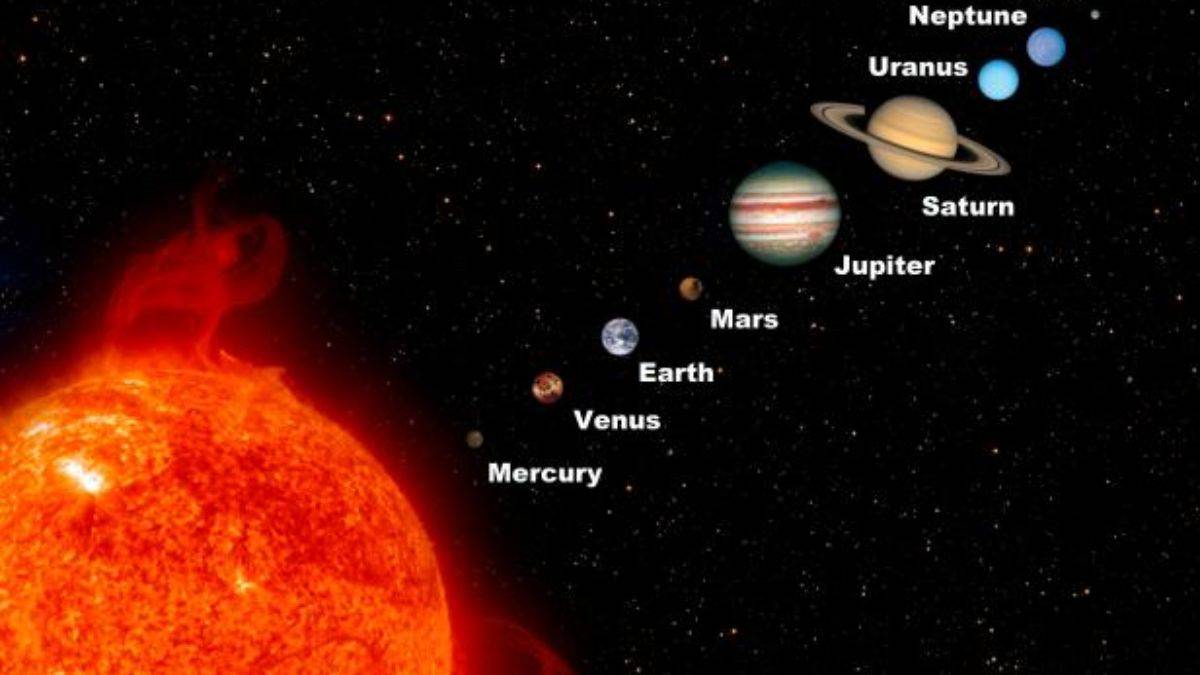Top 5 planets you can’t even survive milliseconds

The solar system in which people live is vast. It is home to several celestial bodies, including planets, stars, and asteroids. The solar system contains eight planets, yet living organisms have only been spotted on one of them, the Earth. Scientists have yet to find evidence of life on any of the other seven planets. Many people desire to know why life cannot exist on all planets. Life on other planets may exist, although it has yet to be detected. There are specific parameters that must be met in order for life to thrive on any planet. The planet Earth provides these sustainable conditions to the beings who inhabit it.
To breathe and exist, living beings require a specific composition of the atmosphere, which includes oxygen, which the atmosphere and plants provide. The temperature of the planet is also important; living organisms would cease to exist if the planet’s temperature was too high or too low for them to bear. Water also has a critical role in planetary survival. Water is necessary not just by animals, but also by plants, and the earth abundantly supplies this resource. Life on distant planets would be possible if they possessed certain supporting components that aid in the survival of living creatures.
Planets you can’t even survive milliseconds
VENUS
Most astronomers believe that life on Venus would be impossible. Today, Venus is a hostile environment. It is a highly dry planet with no trace of water, with a surface temperature hot enough to melt lead and an atmosphere so dense that the air pressure on its surface is more than 90 times that of Earth. Even the spacecraft that arrived on Venus barely lasted an hour before being crushed and melted. There are, however, a few scientists who believe that life could live in the clouds of Venus.
JUPITER
Jupiter’s climate is most likely unsuitable for life as we know it. This planet’s temperatures, pressures, and materials are most likely too high and volatile for creatures to adapt to. While the planet Jupiter is an improbable environment for life to emerge, this is not the case for some of its many moons. Europa is one of the most likely places in our solar system to find life. There is evidence of a large ocean lying beneath its frozen crust, where life may exist.
SATURN
Saturn’s environment is unsuitable for life as we know it. This planet’s temperatures, pressures, and materials are most likely too high and volatile for creatures to adapt to. While the planet Saturn is an improbable site for life to thrive, this is not the case for some of its many moons. Satellites with interior oceans, such as Enceladus and Titan, could potentially support life.
URANUS
Uranus’ environment is unsuitable for life as we know it. This planet’s temperatures, pressures, and materials are most likely too high and volatile for creatures to adapt to.
NEPTUNE
Neptune’s environment is not conducive to life as we know it. The temperatures, pressures, and materials that characterize this planet are most likely too extreme and volatile for organisms to adapt to.


